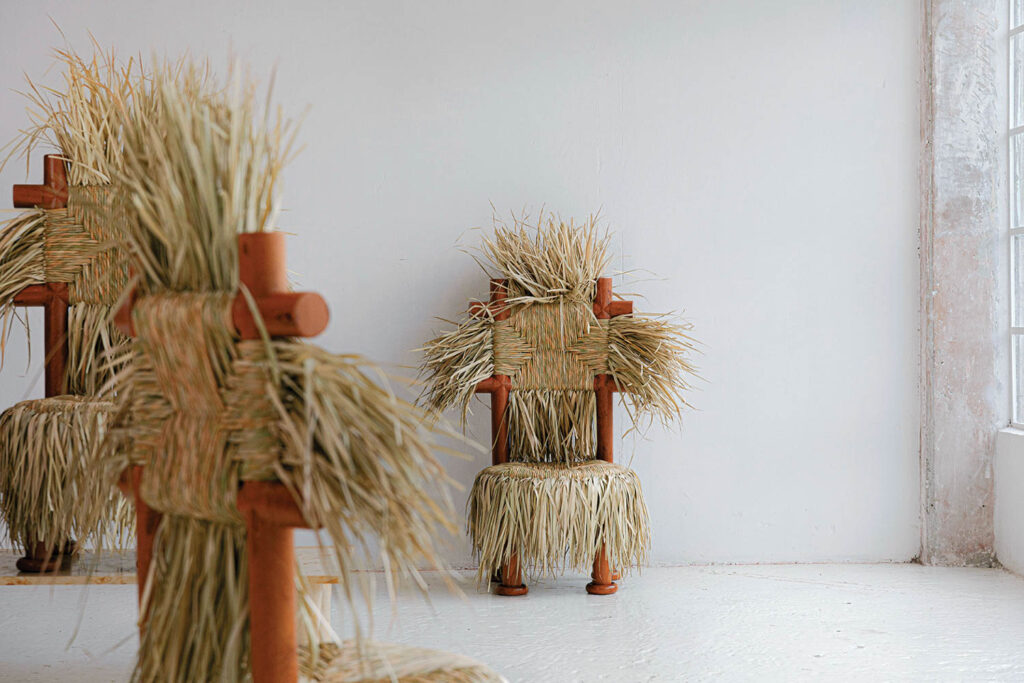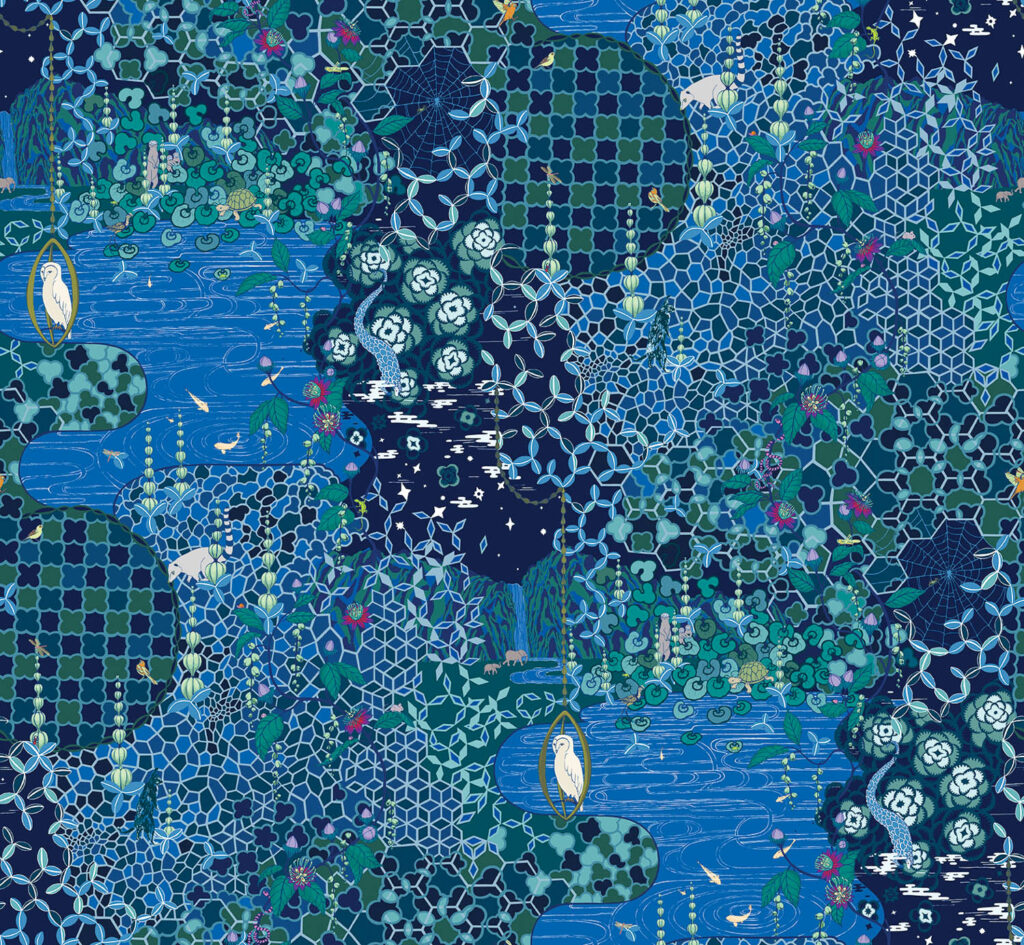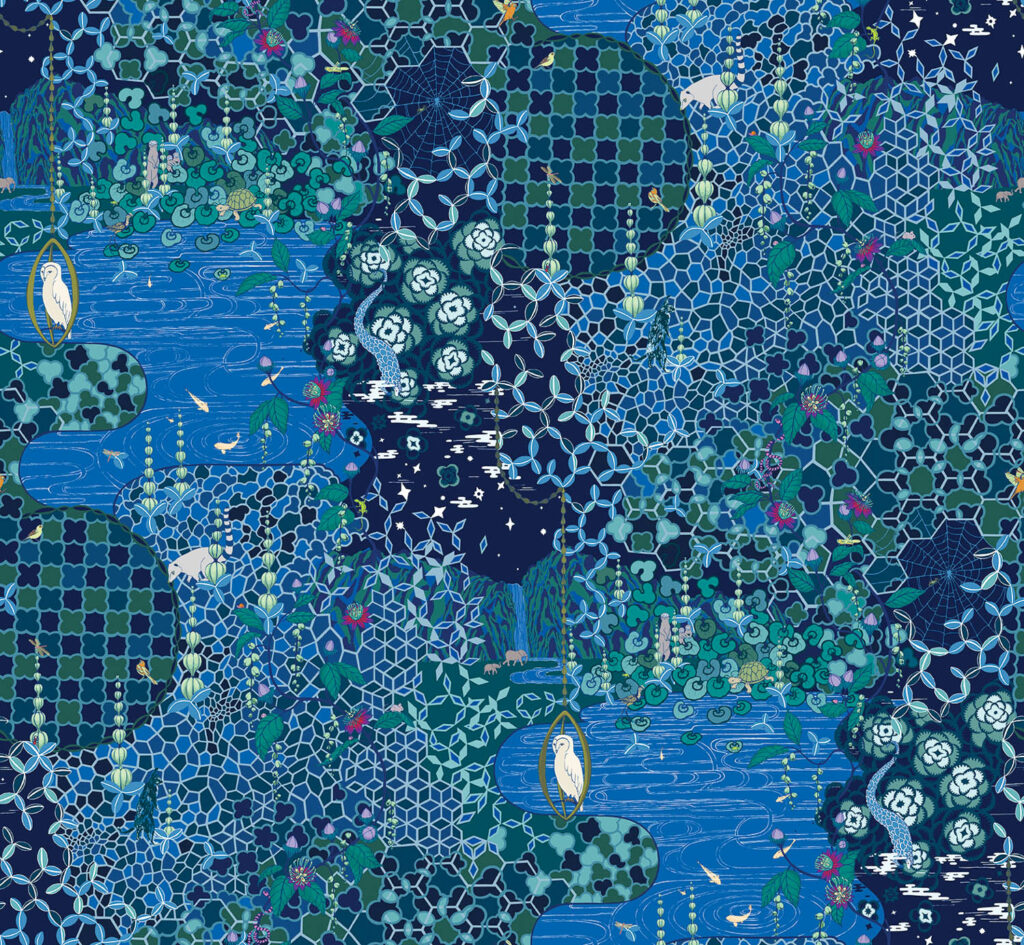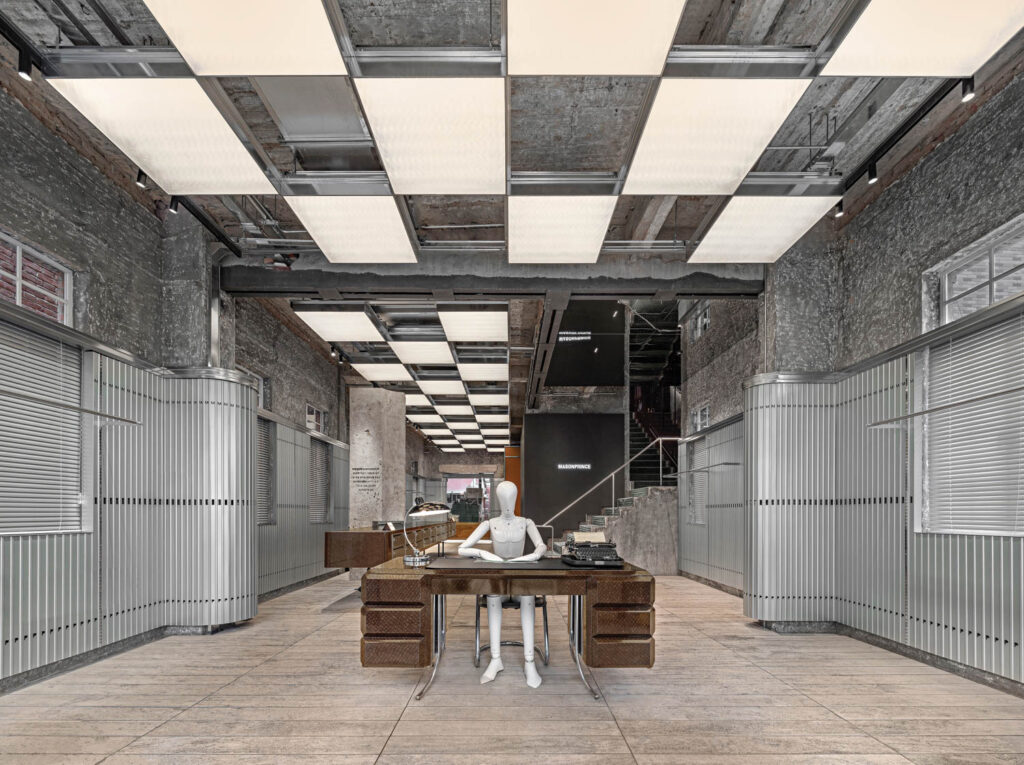
8 Top Design Trends from ASID’s 2024 Outlook
When the American Society of Interior Designers (ASID) puts out a trends outlook, designers pay attention. This year’s 2024 version was a massive endeavor—80 pages touching upon design’s intersection with all aspects of life: culture and society, residences, the workplace, education, health, travel, and entertainment as well as designers cultivating and growing their own businesses. Considered, too, were changes in family and home life and differing generational expectations. Analyses were data backed, and a panel of pros chimed in with personal expertise during the society’s hour-long public presentation. Arguably, overriding themes considered health and wellness, authenticity, the blending of work-life, sustainability, and, of course, change. Check out our takeaways as related to a condensed version of ASID’s breakdowns.
ASID’s 2024 Design Trends Highlight the Importance of Human Connection
Understanding Gen Z Values
Connection, authenticity, and health and wellness loomed large especially among Gen Z, the most racially and ethnically diverse generation yet. These folks expect work-life balance and value DE&I initiatives where they see themselves in the picture. Plus, solo living is on the rise. Research reveals 28% of American households are single occupancy, translating to designers’ needing to foster connectivity when making modifications and enhancements. A single income necessitates cost-effective solutions.
Inside an emporium designed for a Gen Z brand


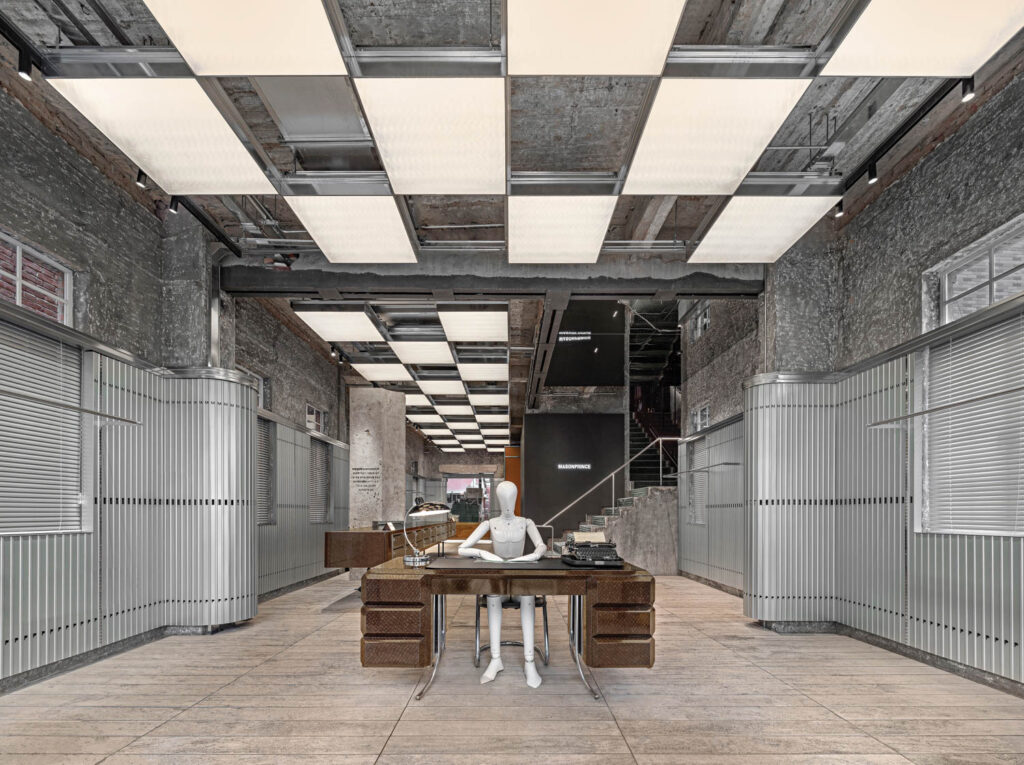
Elevating the Hybrid Workplace
Hybrid is the new normal. It’s not going away. Ergo companies are shrinking their footprints and renovating rather than relocating, giving designers opportunities to rethink flexible options for collaboration and single-focus work. Real estate comes into play as corporate tenants expect enhanced amenities—think full scale gyms and climbing walls—as the secret sauce to bring people back. Also, age is a factor influencing workplace preferences.
Explore this hybrid New York office for Sandbox Films
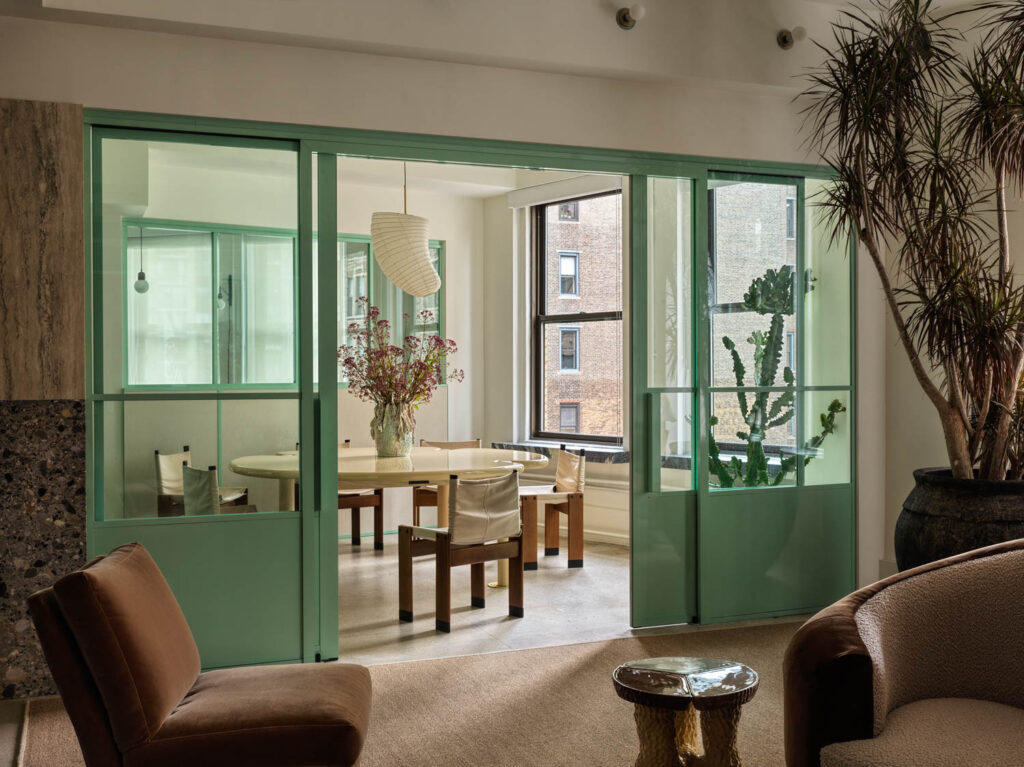
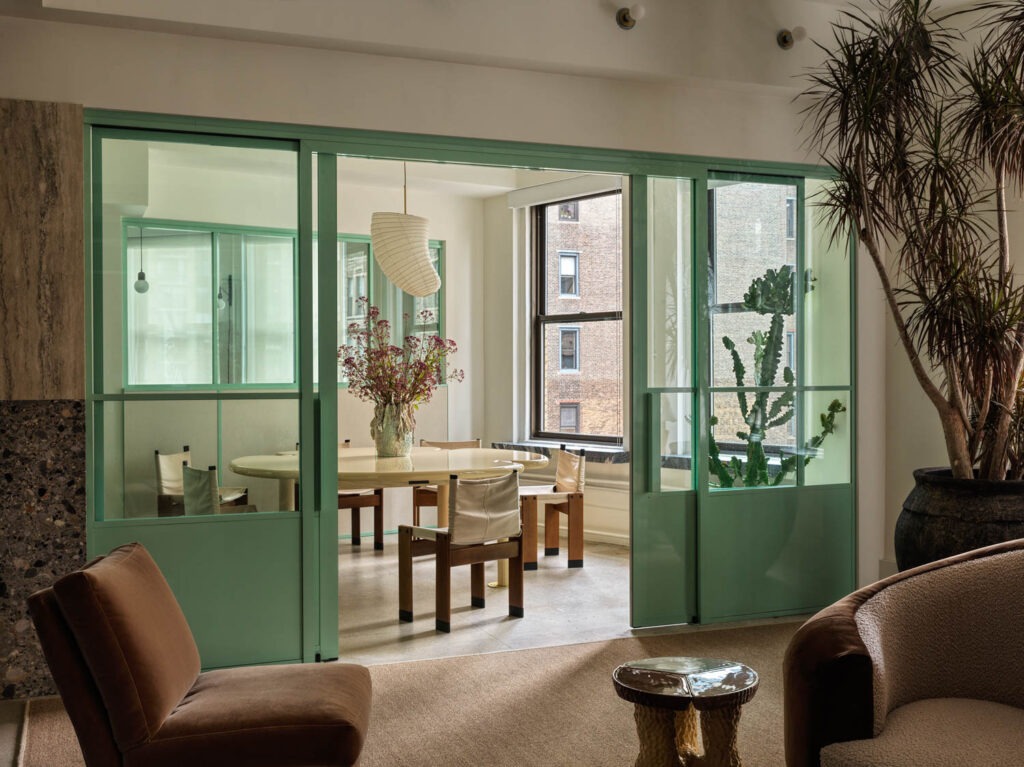
How Sectors Blur in Residential Design
Design extends beyond interior walls to outdoor space opening homes to community. Inside, the “eatertainment” trend takes hold with guests gathering around kitchen islands to join in meal preparation. Industry is catching up by blurring distinctions between indoor and outdoor furnishings. Residential spaces also include more hotel-like elements, spa-inspired features, and health and wellness elements such as bedroom hydration stations, or perhaps a seagrass wallcovering. Look for futuristic features such as floor tiles that can take a guest’s temperature in the morning or mirrors that can diagnose deficiencies like sleep, vitamins, or even nutrition.
Explore 20 homes with indoor-outdoor space
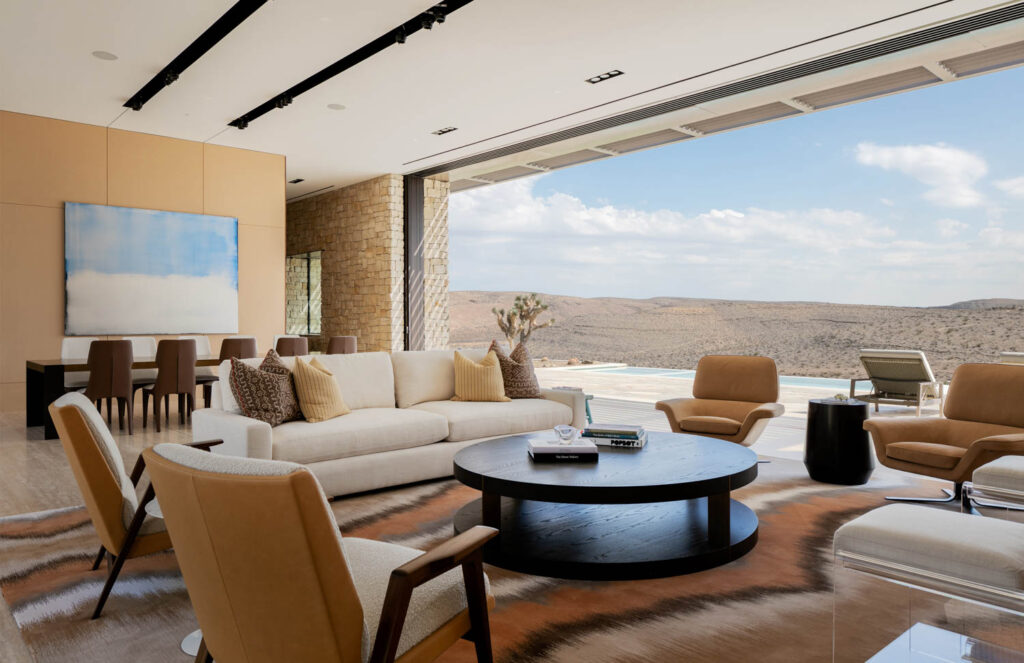

Transparency Reigns Supreme for Sustainability
When it comes to sustainability initiatives, making small steps and identifying what’s relevant in daily life is key. Meanwhile, industry should simplify messaging to ascertain designers and clients have the correct information to make informed decisions.
Explore 3 green projects by 2023 Sustainability Giants
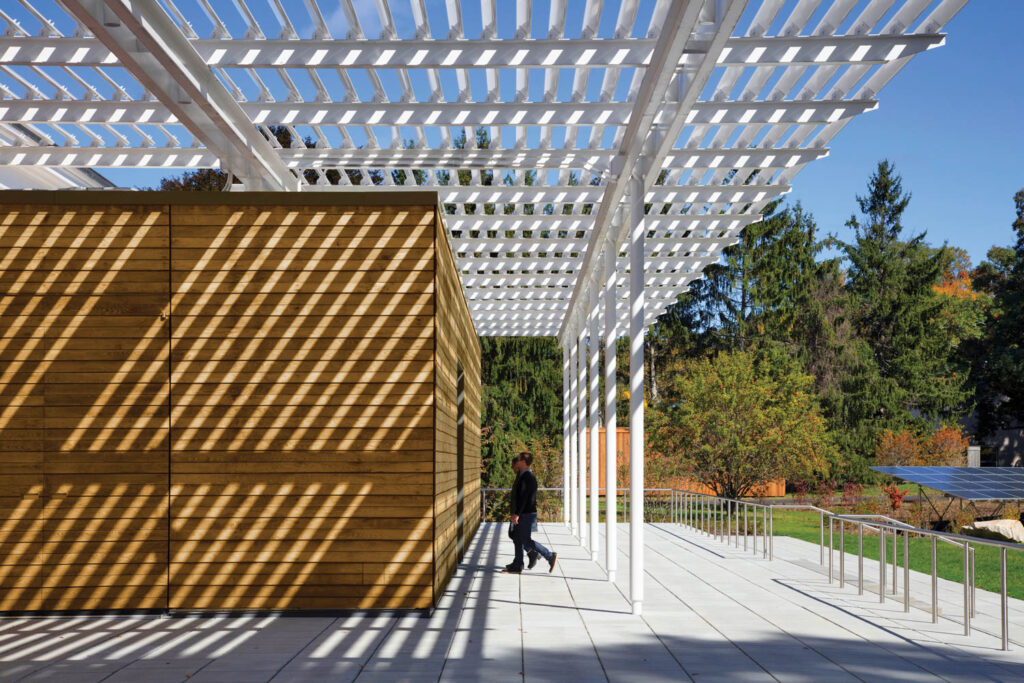

The Rise of Preventative Care Facilities
Increasingly, industry has focused on the patient experience with preventative care key. Design, incorporating beauty, comfort, and acoustic privacy, reduces anxiety and stress. As costs increase, budgets tighten, and competition intensifies, designers can create efficiencies making projects less expensive.
Explore a community clinic that raises the bar for design
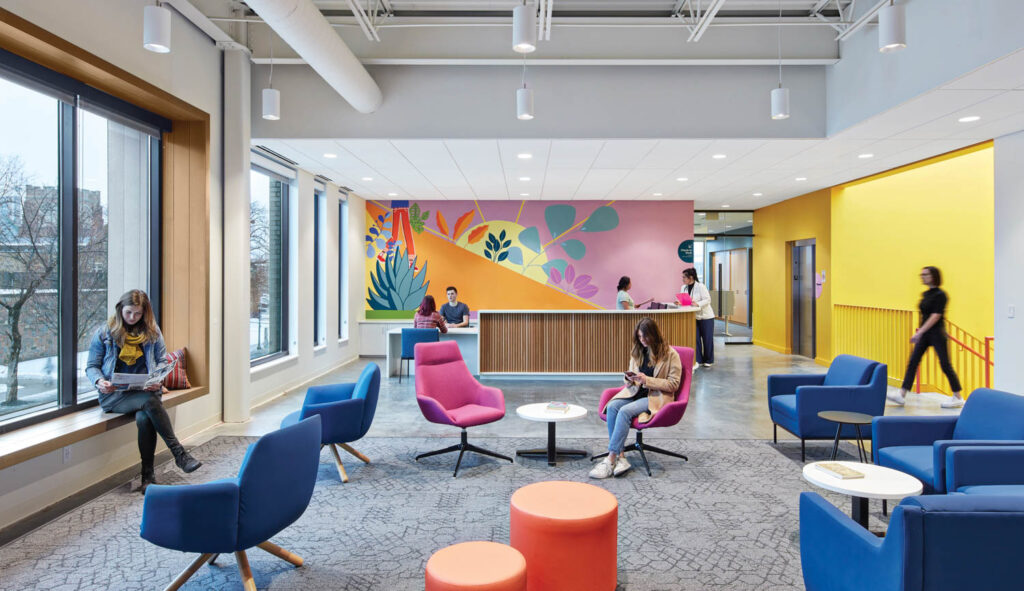

The Future of Educational Spaces
To play a role in renovating spaces, design must provide hybrid classrooms, yet physical spaces for grades K through 12. Since higher education is casting a wide net for domestic and international students, spaces must make experiences worthwhile for both students and faculty.
Explore a whimsical kindergarten in Xiamen, China
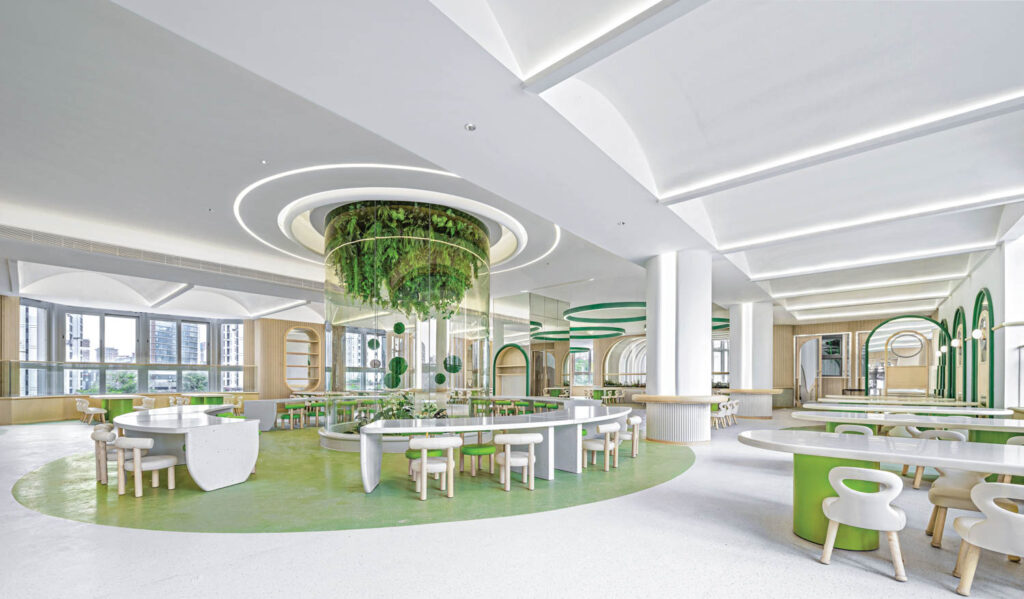

Design Destinations That Create Community
Design must respond to shifting desires for connection to a sense of place with a holistic approach. Food and heritage, for example, are as important as beautiful rooms, especially in response to such competition as Air B&B and VRBO. Sports stadiums count as entertainment, too. To weave into a city’s urban fabric, arenas will be designed for multiple programming and, of course, include top-tier VIP boxes and dining options.
Explore a contemporary hacienda in Tulum that caters to local makers
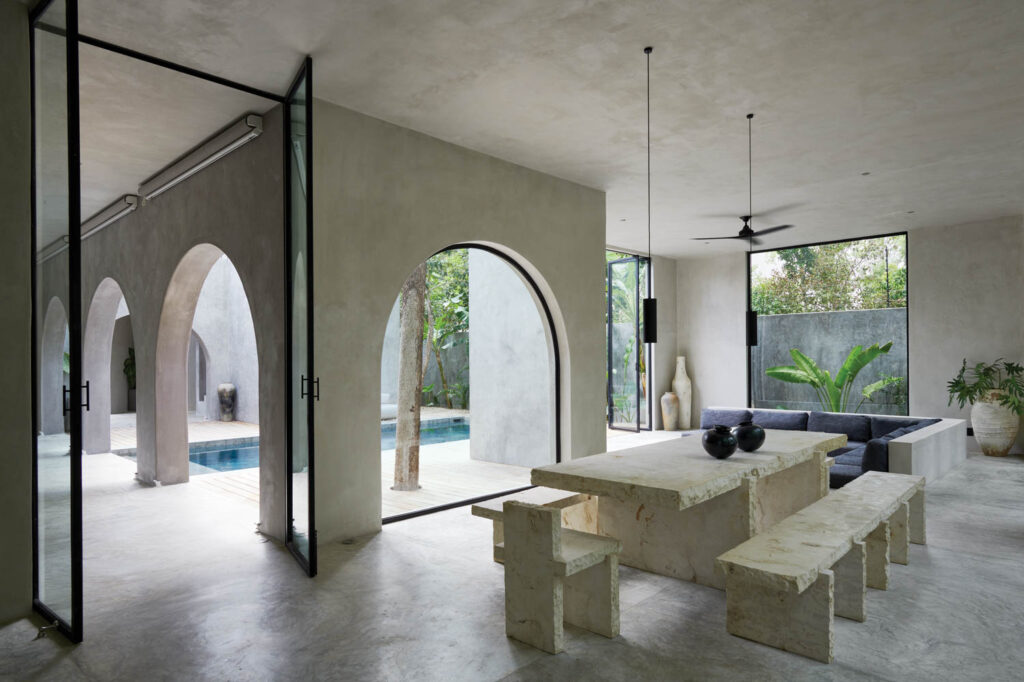
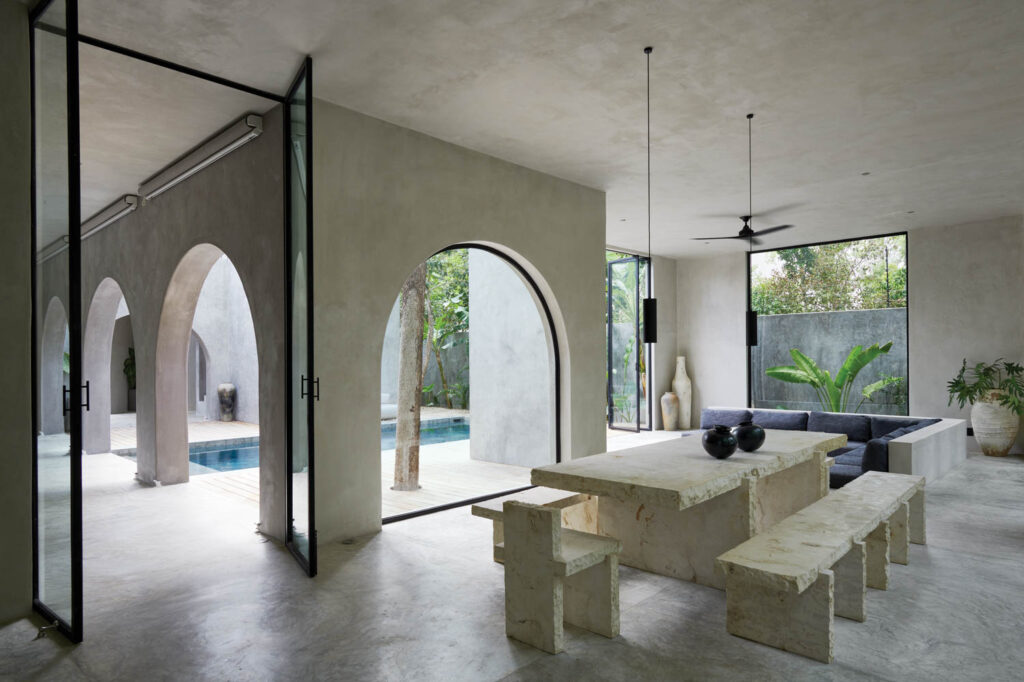
Exploring the Limits of AI
Designers, the panelists attest, have been using computer-aided tools for decades, just calling them by other names. As a counterbalance to the “perfection” of AI, the designer’s hand must be part of the process for the editorial, curatorial, history, and story-telling that only the human touch can bring to a project.
Explore an award-winning futuristic cafe
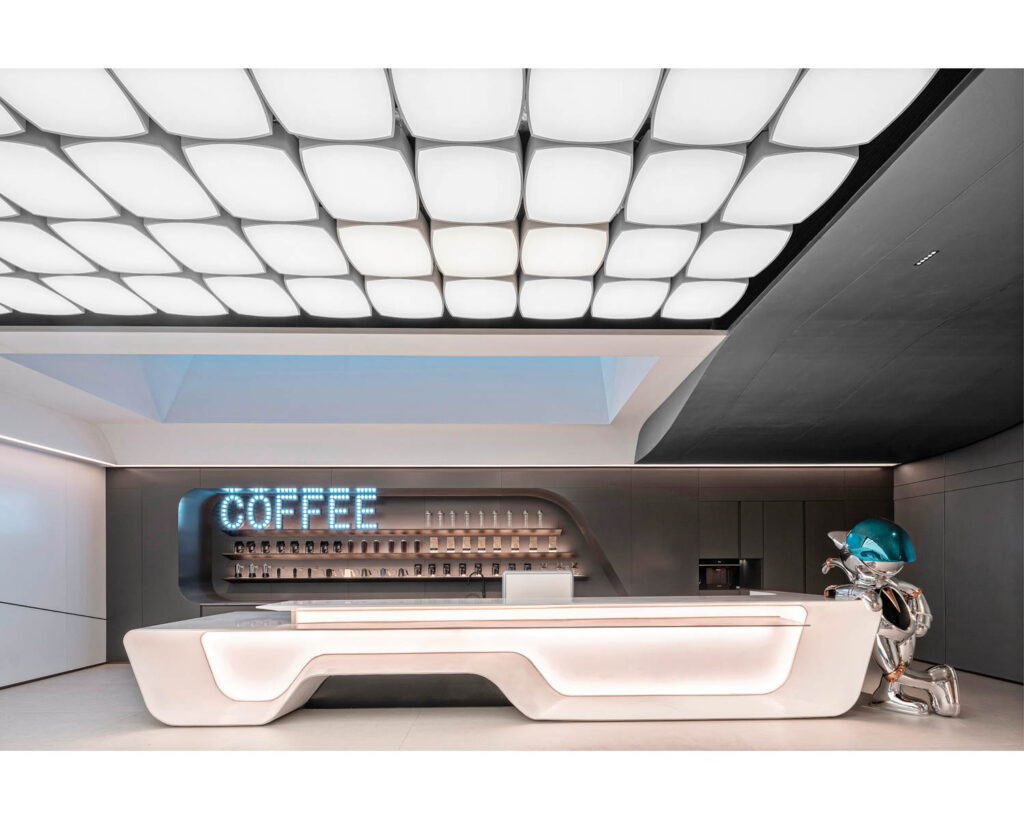
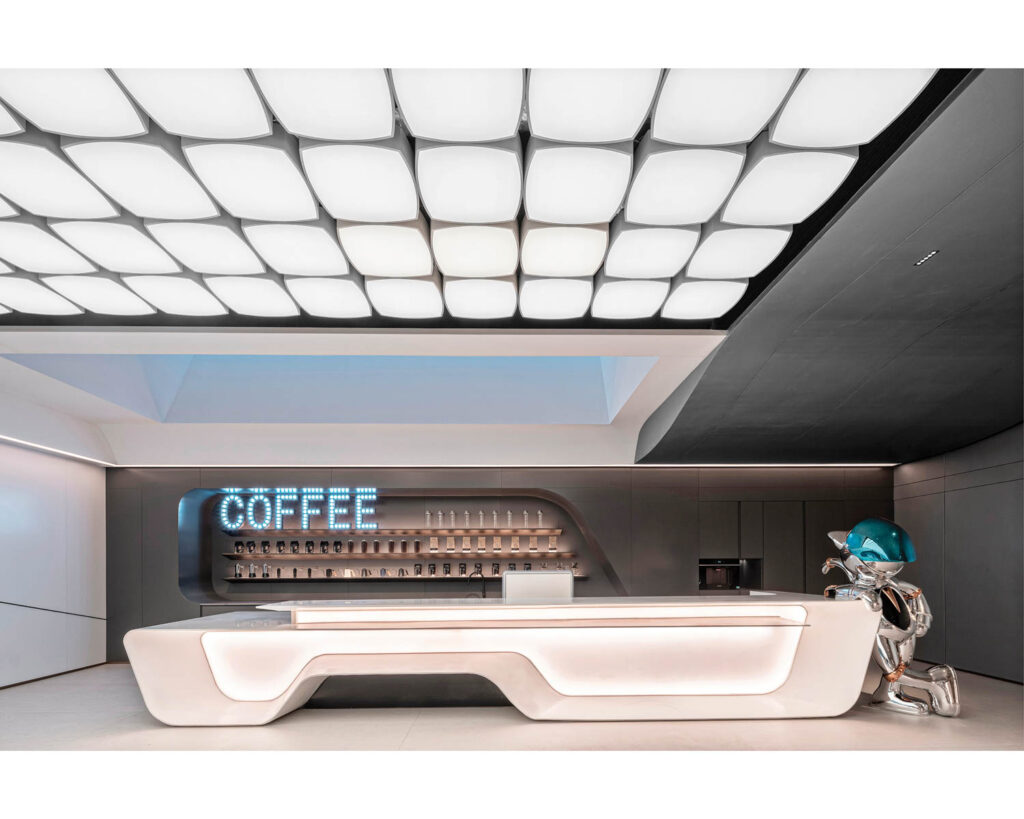
read more
DesignWire
Catch Barbora Žilinskaitė’s ‘Chairs Don’t Cry’ Exhibit in Los Angeles
“Chairs Don’t Cry,” Barbora Žilinskaitė’s 10-piece solo exhibition at Friedman Benda gallery in Los Angeles through March 30, features whimsical works.
DesignWire
Two Major Exhibits Spotlight Latin American Design
The Denver Art Museum and MoMA are spotlighting Latin American designs through the decades in major exhibits. Take a look at what’s on display.
DesignWire
Architectural Curator Darrin Alfred Reflects on the Natural World
Design curator Darrin Alfred organizes “Biophilia: Nature Reimagined,” which discusses the connection between humans and nature at the Denver Art Museum.


